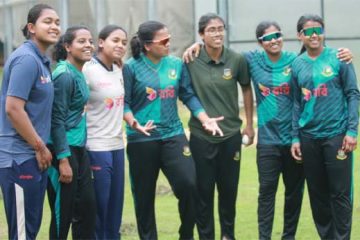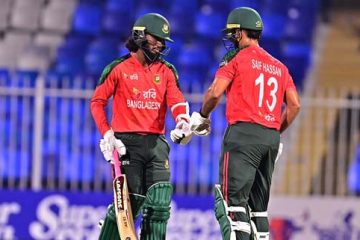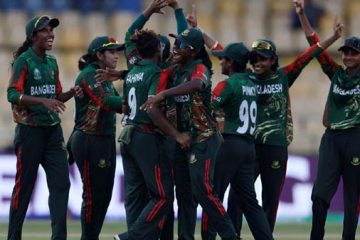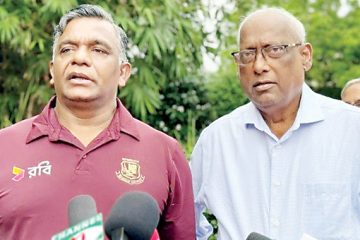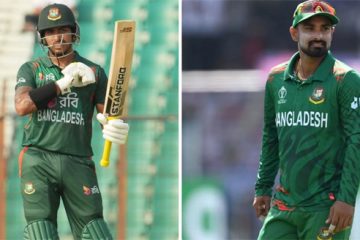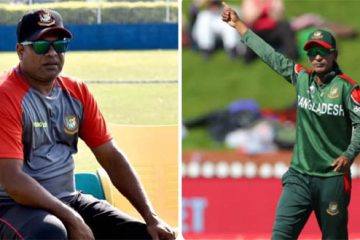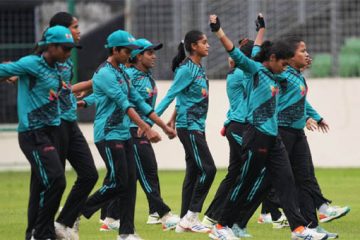Rain fleeces SA
There was one black mark against the 1992 World Cup that called into question the fairness of some results, particularly the semifinal between England and South Africa in Sydney on 22 March. It was the rain rule — specifically the calculations regarding overs and runs to chop off from a target in the event of rain disrupting a match. The previous rule was unduly harsh on sides batting first, with the target being reduced in proportion to the run rate. It ignored the received wisdom that chasing a target gives a side more opportunity to plan their innings.
For example, chasing 250 in fifty overs was a difficult ask, but if twenty overs were docked due to rain, under the old system the target would be reduced to 150 from 30 overs, making the task of the chasing team much easier as they would not have to worry about being bowled out in thirty overs, while only having to score at the original asking rate.
A new rain rule was introduced in the 1992 World Cup, devised to redress the balance in favour of the side batting first. An elite panel of experts that included former Australian great Richie Benaud were given the task of devising the new method of calculation. They came up with a system that, in the event of rain disrupting a chase, would dock off the lowest scoring overs. For instance, if a side scored 250 in fifty overs of which three were maidens, and two cost just one run each, in the event of five overs being docked for rain, the target would be reduced by just two runs, leaving the chasing team to score 248 runs to tie, and 249 to win from 45 overs. The system at first seemed fair enough, but at a crucial juncture of the tournament it was exposed as being shortsighted and not thought through.
Victories over Australia, West Indies, Pakistan, India and Zimbabwe in the league stage had propelled the returning South Africa to the semifinals in their first global tournament after returning from exile, where under gloomy Sydney skies they took on favourites England. Graeme Hick stroked a fluent 83 to take England to an above-par 252. Fast-medium bowler Meyrick Pringle bowled excellently, giving away only 37 runs in nine overs that included two maidens and two wickets. Little did he know that he had stabbed his team in the foot.
The new entrants showed great spirit and character, with all the batsmen getting to double figures. With four wickets left the Proteas needed to score 22 off the last thirteen deliveries, before the heavens opened. With the clock ticking away, the scoreboard showed a reduction of one over but no reduction of runs required: 22 off seven deliveries. Soon it displayed the ridiculous equation of 22 required from one ball. The two overs that had been deducted were Pringle’s prized maidens. England might well have prevailed without the reduction in overs, but the world was robbed of a thrilling climax, and South Africa were robbed of a chance to fight to get to the final.
The image of a forlorn Brian Mcmillan thumping the final ball down to mid-on remained one of the enduring memories of this tournament.
The architects of the rule had failed to take into account the scenario in which the chase was almost complete like in South Africa’s case, where a reduction of overs would unfairly skew the odds in the favour of the side batting first. Blame could also be laid at the door of the organisers, who had the option of a reserve day, but Channel Nine, the official broadcasters decreed that the match must be completed that day. Perhaps this misfortune was the start of South Africa’s astonishing run of bad luck and choking in World Cups.



